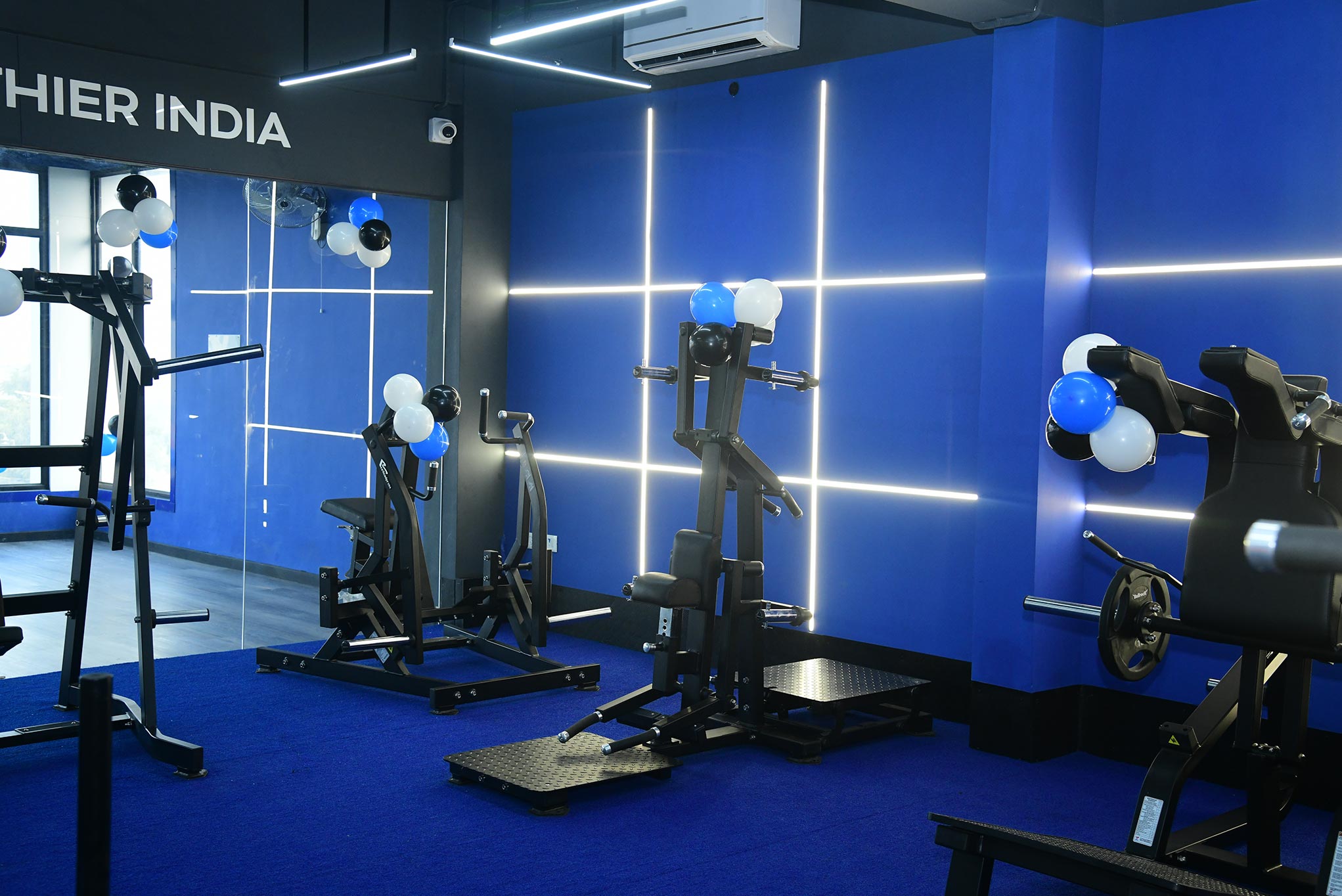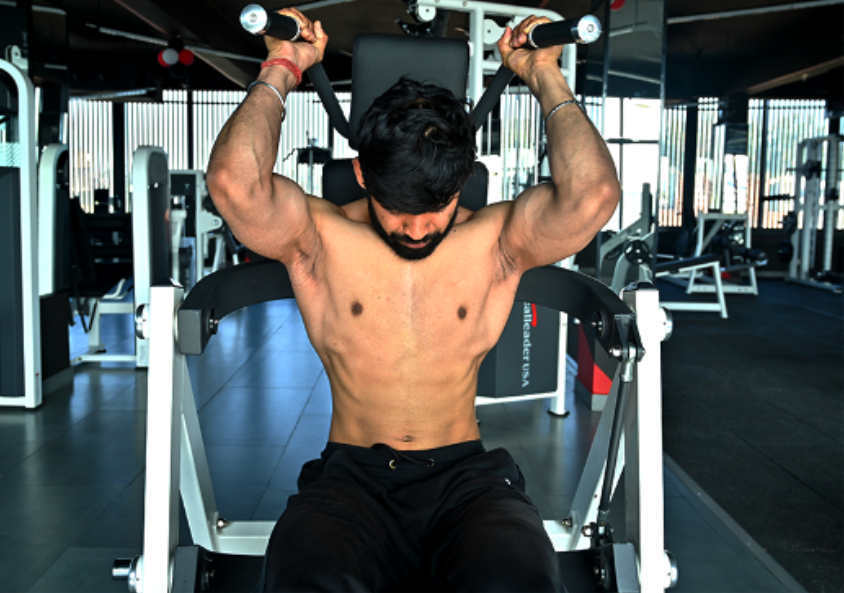Our body functions at its best when muscles work in sync with one another, without causing any discomfort or difficulty. Weak muscles, especially those in the core and pelvis, can sometimes lead to back pain or injury which can eventually interfere with our daily activities. Strengthening exercises can be beneficial in treating low back pain and for living a healthy lifestyle, exercising is one of the best ways to prevent low back pain. But before we move on to the types of exercises that can help in reducing the back pain, let us first understand the causes of lower back pain.
What Causes Lower Back Pain?
Lower back is one of the most common concerns in many countries around the world which is not caused by a disease or spinal abnormality.
Such nonspecific back pain can be caused by muscle spasm, strains, nerve injuries, degenerative changes, etc. Some specific and more serious causes of back pain can also include compression fractures, spinal stenosis, disc herniation, cancer, infection, spondylolisthesis, neurological disorders, etc.
Furthermore, a lower back sprain or strain can happen suddenly, or can develop slowly over time from repetitive movements especially when a muscle is stretched too far and tears, damaging the muscle itself. Also, overstretching and tearing affects the ligaments, which connect the bones together. This kind of sprain or strain can be caused by lifting a heavy object, or twisting the spine while lifting or sudden movements that place too much stress on the low back, such as a fall. Even poor posture over time and Sports injuries, especially that involve twisting or large forces of impact can cause sprains.
There are equipment-free exercises as well as exercises that can be performed using specific machines for lower back strengthening that support your spine. Gaining strength can reduce the pain and dysfunction. However, make sure to check with your doctor or physiotherapist before starting these exercises to ensure that they’re right for your situation.
Simple Lower Back Exercises Without Using Any Equipment
Exercises for lower back pain help in strengthening back, stomach (your core muscles), as well as the leg muscles, as these exercises support your spine, thus relieving your back pain. Depending on the cause and intensity of your pain, some exercises may not be recommended and can be harmful, hence ensure to consult a physiotherapist before you get into an exercise routine.
Bridges
Bridges work on your gluteus maximus, which is the large muscle of the buttocks. This muscle gets engaged when we move our hips, particularly during bending in the squat position.
The gluteus maximus is one of the most important muscles in the body, and keeping it strong can help support the lower back.
While lying on the ground, bend the knees, placing the feet flat on the floor and hip-width apart. Keeping the arms by the sides slowly raise the buttocks off the ground until the body forms a straight line from the shoulders to the knees. Squeeze the buttocks with the shoulders remaining on the floor and slowly lower the buttocks down and rest. Repeat this for 5-7 times initially and then you can increase the reps as you start to progress.
Press-Up Back Extensions
This exercise directly works on your lower back by contracting those muscles and your spine.
Lie on your stomach with your hands near your chest. Push your body upwards with your forearms stuck to the floor so that your shoulders begin to lift off the floor. Hold this position for a few seconds and go back to the starting position.
Pelvic Tilts
The pelvic tilt exercise can release tight back muscles, while keeping them flexible. Lie back on the floor in the similar position as the bridges. Gently arch the lower back, pushing the stomach out. Hold for 3-5 seconds, then relax.
Tighten your stomach by contracting it (as if you are preparing for a punch). Your back would be pressing on the floor, and your hips and pelvis rocking back. Hold this for 5 seconds while breathing in and out smoothly, and then relax.
There are other simple exercises too which can be performed such as bird dog, wall sits, a few Pilates moves, etc. Check out some additional exercises in the video below.
Which Exercises Should be Avoided?
Exercise is good for low back pain, but you need to know that not all exercises are beneficial. Any mild discomfort felt at the start of these exercises should disappear as muscles become stronger, but if you feel any pain that is more than mild and lasts more than 15 minutes during exercise, then you should immediately stop exercising and contact a doctor, as some exercises may aggravate the pain.
Here are a few exercises to avoid for lower back pain:
Toe Touches
Standing toe touches put a large amount of stress on the disks and ligaments in your spine, and can also overstretch lower back muscles as well as your hamstrings. This can aggravate the lower-back pain instead of relieving it. Hence it is advised to strictly avoid this exercise.
Sit-Ups
Although sit-ups can strengthen your core or abdominal muscles, most people tend to make mistakes during this exercise, which is to use muscles in the hips. This in turn would put a lot of pressure on the discs in your spine.
Leg Lifts
Leg lifts are sometimes suggested as an exercise to “strengthen your core” or abdominal muscles but this exercise can make back pain worse. Instead, you can try lying on your back with one leg straight and the other leg bent at the knee. Keeping your lower back flat on the floor, slowly lift the straight leg up about 6 inches, hold briefly and lower your leg down. Repeat this for 7-10 times and then switch legs.
Lower Back Exercises Using the Right Equipment
Ergonomically correct machines are extremely important to efficiently target the right muscles to gain positive results from the exercise you perform. Do not over use weights when you begin to use these machines, go easy on yourself and then gradually add weights as you progress. Make sure to use these machines under the supervision of a trainer if you’re new to the gym.
Here are some of the machines and exercises that can be performed using them for lower back strengthening:
- Back Extension exercise is performed when you want to strengthen the lower back, targeting the erector spinae. This exercise provides a reverse movement of the core muscles (compared to crunches), thus complementing the abdominal exercises. It also improves your posture and develops the muscles that are engaged while picking up objects from the floor.
- Hyperextension helps to develop and strengthen the lower back muscles effectively by strengthening the posterior chain- that is the lower back, glutes, and hamstring muscles.
- The Prone Glute machine trains the gluteus maximus muscles which are largely responsible for stabilizing the hips and helping us stay upright. Therefore, strengthening these muscles is essential to maintain the right posture and to keep the body stable. Strong glutes also help to support the lower back during lifting action.
Takeaway
Performing exercises to work the core muscles and strengthen your lower back muscles can prevent injury, increase stability, and improve flexibility. People with lower back pain should also pay attention to their general posture- how you sit, how you stand also matters. Avoid slouching when you sit or stand; instead try to inculcate the habit of sitting and standing straight.
However, if you experience lower back pain that is severe and persists even after gentle stretches and exercise, you should visit a doctor.
If any of these back exercises make the pain worse, then it is vital to stop doing them immediately and consult a doctor or a physiotherapist at the earliest.






